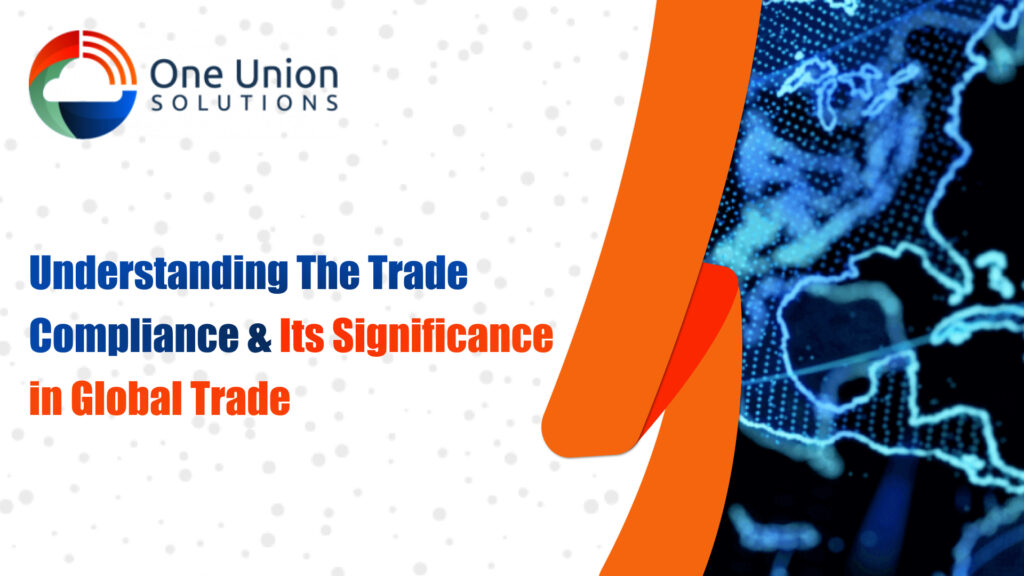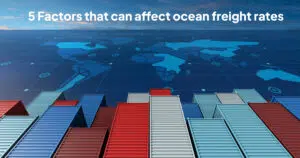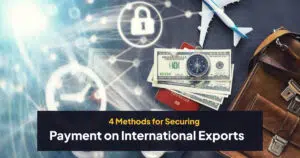Trade compliance is known as the set of rules and laws that are established to regulate the import and export of goods between two countries. It is more often referred to as the cookbook of global trade, where countries have defined rules and regulations to import or export goods.
A term consisting of many different aspects of international trade, it is a complicated and very sophisticated subject. Several terms like classification, training, trade risk, import duties, taxes, and import permits, import certifications, country-specific import licensing fall under this category.
Trade compliance is always country-specific, and every country has its own compliance rules and regulations. Similarly, trade compliance also differs from product to product. In this article, we will discuss all the aspects of trade compliance to develop a good understanding of the concept and its importance in global trade.
Importance of Trade Compliance
To stabilize global trade practices a set of rules and regulations is defined that regulate international businesses shipping their goods to other countries. Every country wants businesses to adhere to these standards and their goods should follow the economic, quality, consumer, supplier, and ethical standards of that country. Countries with good economic ties come forward to sign trade agreements to facilitate bilateral trade. That is why it is very important to understand the whole theory of global trade compliance.
Unified trade agreements between countries
Many countries sign unified trade agreements to facilitate trade and ease up import and export regulations. This results in the mutual development of commerce and trade of goods between those countries. Agreements like FTA or Free Trade Agreements help countries to import and export technology that is vital for their economic development.
For instance, EU countries have many kinds of FTAs with other countries like Australia, New Zealand, Singapore, Japan, Vietnam, and Canada. Since the agreement was signed trade bilateral trade between these countries has increased by 4.6% annually.
Different Aspects of Trade Compliance
Understanding global trade compliance is a complicated task because it is a vast and extensive subject. Consists of legal, commercial, financial, and operational elements on both import and export ends. Here we will break it down into little pieces for a better understanding.
Tariff Classification
United Nations Statistics Division has designed a system known as Standard International Trade Classification or SITC which is used to classify the imports and exports of any country. The sole purpose of this system is to compile global trade data and extract reports defining the global trade volume.
Preferential Origin
Certain countries have a trade agreement on certain goods and this agreement allows both countries to trade on subsidized import duties and taxes. Countries from specific regions have a trade agreement to facilitate bilateral trade for better economic development.
Incoterms
International commercial terms defined by the International Chamber of commerce are known as the set of rules or laws through which the goods are shipped from one country to another. These terms will identify the party who is responsible to fulfill the trade compliance.
Import Licensing
Import licensing is a term that defines the administrative and operational process of the importing party. The company or a person who is a consignee has bound to apply for all the import licenses that are required to import that specific commodity.
Export Control
The export process is relatively simple and much more hassle-free as compared to the import. Export controls are known as the operational and administrative processes that are adhered to during the export.
Customs Clearance
Customs clearance is another step of trade compliance, and it is one of the most crucial steps. Without this, you cannot legally import any commodity into your country. It gives you the legal rights of the goods that you have imported into the country.
Inspection/Screening
In some countries, there are strict rules on imports and all shipments are subject to customs screening or inspection before the clearance. This applies to goods that are either restricted to import or they have a certain regulation.
Valuation
Once goods are under clearance process, they are also checked for valuation. In many countries, customs authorities check the commercial invoice and see if the pricing of the goods is correct or not. It is an important aspect, and we will discuss it entirely in a separate blog post.
We hope that we have clearly defined every aspect of global trade compliance. These are the key aspects that are to be understood while importing and exporting goods. We at One Union Solutions provide an extensive professional trade compliance service to eliminate any risks and uncertainties in your supply chain process. We have been working for the last few years with some of the key players in this industry and we have developed an extensive network in 170+ countries to help you distribute your IT and Telecom goods without any hurdles.
To find out how we can help you import your IT and Telecom equipment in more than 170+ countries please CONTACT OUR TRADE COMPLIANCE SPECIALIST.







